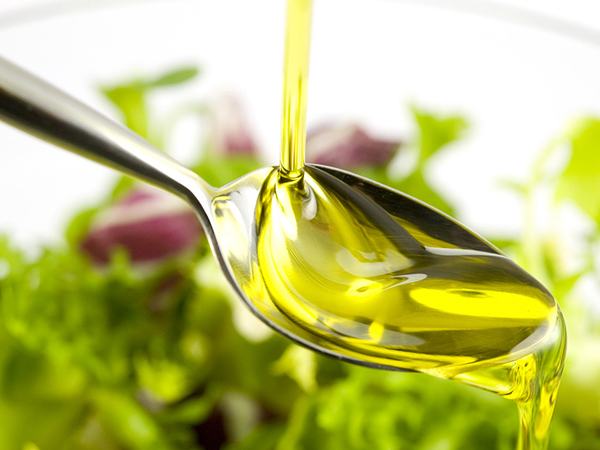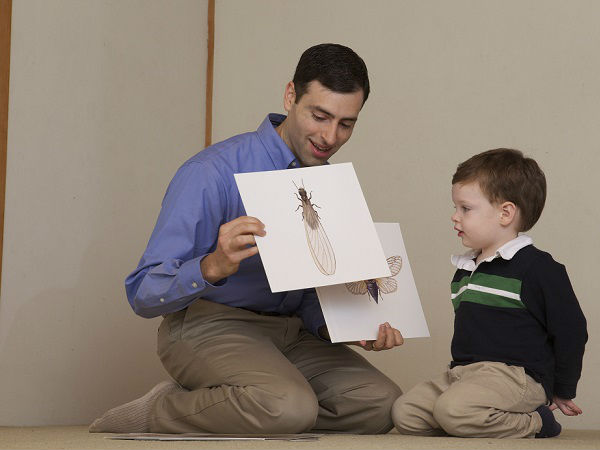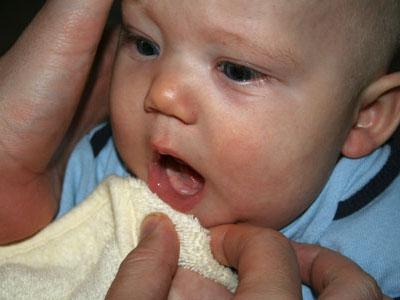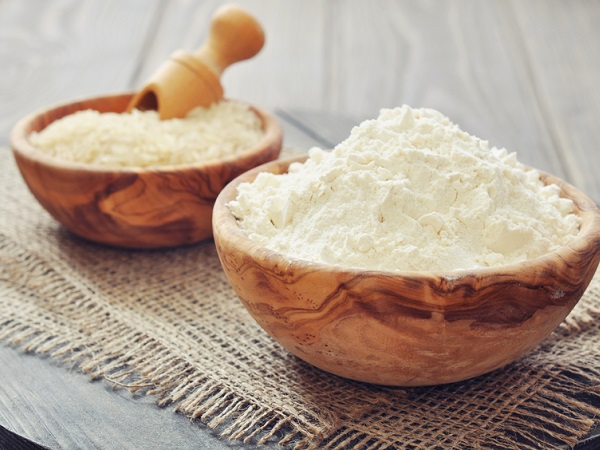When the baby is 4 to 6 months old, the mother can start to introduce solids. This is an important step in the baby's first year of life, marking the reception of nutrients from sources other than breast milk.
content
Step 1: Choose a weaning method
Step 2: Calculate the amount of nutrients
Step 3: Choose the foods suitable for your age
Because nutrition is the foundation for development in the early years of life , mothers should pay attention to the initial stage of weaning so that their children can step through this nutritional transition in the most smooth way.
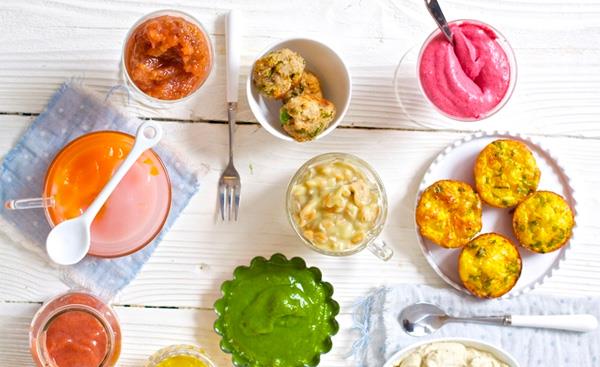
There are many options for starting solids
Step 1: Choose a weaning method
The weaning method is the first thing that you need to think about. When the baby is weaning, the mother will face many different methods, from self-directed weaning, traditional weaning to Japanese weaning. With each weaning method, you will have a different procedure and get different results.
Traditional weaning: Usually starts when your baby is 6 months old. Go from getting your baby acquainted with rice, pureed fruits and vegetables or nutritious flour to meats and fish. Food gradually increases the coarse, thick. During the feeding process, the mother feeds the baby. Results: Babies often get enough food, but may have problems chewing and swallowing.
Baby self-directed solids: Usually starts when the baby is 6 months old. Go directly to the step of offering bulk, coarse foods. In the process of eating, the baby will choose the foods to pick up or eat. Results: Baby could not eat much, but chew and swallow fluently.
Japanese weaning: Can start early, from 4 months old. Similar to traditional weaning, but using Japanese style ingredients and cooking methods. Results: The baby often gets enough food, but the mother takes time to process the food. Cons: Children are familiar with Japanese tastes and may not eat without familiar dishes such as seaweed, dashi broth ...
Step 2: Calculate the amount of nutrients
In order to get a suitable diet for your baby to eat, you should not ignore the issue of quantity. For first-time weaning babies, only preparing 1/2 to 1 teaspoon of food is enough. Don't expect your baby to finish this meal either. In particular, with the baby weaning according to the self-commanding method, usually the first few weeks are only used to lick, eat and throw, more like a game than eating.
The amount of nutrition for babies from 4-6 months or more is as follows:
1-2 tablespoons of nutritious powder or food of suitable consistency, 2 times per day for children of 4-6 months.
1-2 teaspoons of nutritious powder + 1-2 teaspoons of mashed vegetables / fruit, 2-3 times a day for 6-8 months baby. This is also the age at which mothers can recommend foods from animals such as meat, eggs and fish. The amount of fish meat in each meal is usually limited to 1 tablespoon.
8 to 11 months: 2 to 3 tablespoons of flour (rice, potatoes, porridge ...) + 1 teaspoon of fish meat or eggs + 1-2 teaspoons of vegetables or fruit, 3 times a day.
Also, do not forget to add 1 teaspoon of vegetable oil such as soybean oil, sesame oil, sunflower, rice, olive to your baby's diet. Your baby really needs fatty acids that are beneficial for brain development.
Each baby has a different feeding capacity and the most important thing is that the mother needs to "listen" to the child's heart to know how much is enough for the baby. If your baby starts to slow down, suck on food, or start throwing food, stop eating. Another note is that weaning is just a process to help your baby get used to solid, solid foods, so breastmilk or formula milk is still a major part of the diet.

The correct weaning menu Baby weaning menus need a full range of nutrients to ensure the development of the body. In addition, during this period, babies have not yet developed a chewing system, so you should pay attention to soften food so that they can easily swallow.
Step 3: Choose the foods suitable for your age
In order for your child to eat nutritious weaning foods, and at the same time reduce the risks such as allergies, indigestion ... you also need to pay attention to choosing foods suitable for the child's age. Foods made from rice, oats, and brown rice are generally "benign" options, which are mostly hypoallergenic for babies just starting out. However, you can also start weaning with fruits and vegetables such as potatoes, sweet potatoes, and bananas. Here are some great options for starting the weaning phase:
Rice
Sweet potato
Oat
Potato
Brown rice
Banana
Apple
Carrot
Tomato
Bean
Red pumpkin
pear
Avocado
You should introduce each type of food separately in each meal. Firstly, this will help you capture your baby's taste buds. Second, it is very easy to verify which foods cause allergies to children.



